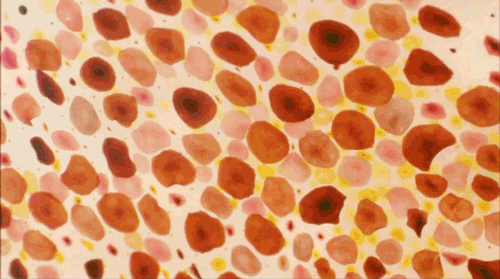
The octopus has long fascinated scientists. The intelligent cephalopods have been known to use coconut shells for mobile homes and armor, disable their suckers to avoid becoming a tangled mess, plot escapes from aquarium enclosures, and even predict World Cup soccer game outcomes.
While all these talents are impressive, they pale in comparison to the mollusk's ability to camouflage and "disappear" from plain sight. Researchers have long known that the remarkable metamorphosis is possible because of the presence of pigmented organs under their skin. Called chromatophores, they expand or contract to produce an array of colors, patterns and even skin textures in just milliseconds.

However, scientists had always believed that the chromatophores reaction was directed by a signal from the octopus's large, human-like eyes or brain. But a recent report published in the Journal of Experimental Biology by researchers from the University of California at Santa Barbara, indicates that the cunning animal does not have to wait for a signal from its eyes or brain. That's because it can "see" the light with its skin!
UCSB doctoral student Desmond Ramirez and Ecology, Evolution and Marine Biology Professor Todd Oakley said they had seen reports about squid and octopus skin changing colors in response to light with no signal from the eyes or brain. However, there had been no follow-up to find out why this was the case and the two decided to see what they could uncover.

They began by taking skin samples from a couple of California two-spot octopuses and exposing them to an array of colors, ranging from violet to orange. While the tissue samples reacted to every color, the time depended on the wavelength, with blue being the fastest. What was interesting is that the reaction times were similar to when the octopus receives signals from its eyes or brain. Intrigued, the researchers decided to investigate if there was a connection.
Sure enough, they found that the cephalopod's skin is equipped with rhodopsin, the same light-sensitive protein as is found in the photoreceptor cells in the retina of the eyes. It is thanks to these proteins that are connected directly to the chromatophores that the octopus can "see" the light and react without having to wait for a signal from the eyes or brain. The researchers say that while the rhodopsin don't enable the octopus to "see" as clearly as they can with their eyes, it is enough to alert the animal to begin the camouflage process.

Turns out the octopus is not the only mollusk that can sense light through its skin. University of Maryland, Baltimore, researchers discovered that cuttlefish and squid share the same talent. Thanks to these findings researchers now know that the mollusk's skin color can be controlled by both - Signals from the brain and the light-sensitive proteins under their skin. What is still not clear is how the two come together to manage the chromatophores in the whole animal.
Also, the discovery of other mollusks with the same abilities has made Ramirez curious about whether they all evolved from the same ancestral source or figured out this clever way to "see" individually. The doctoral student plans to get to the bottom of both mysteries - So stay tuned!
Resources:jebbiologists.com,bbc.com,theguardian.com.